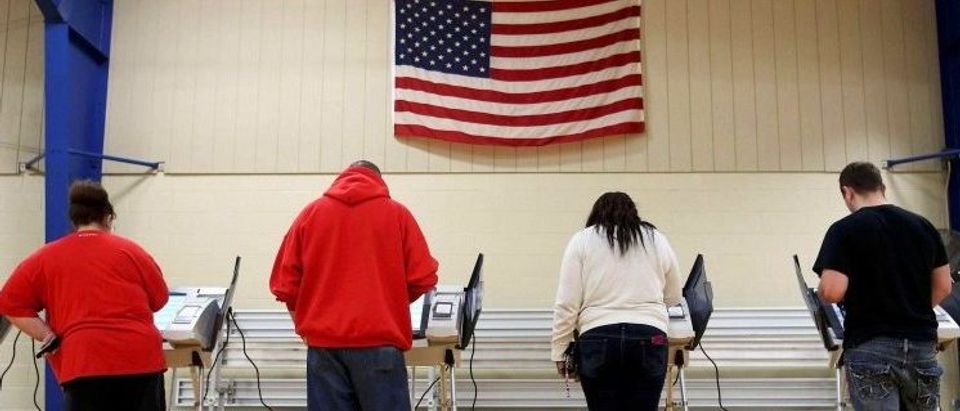This past year has been dubbed the worst year ever, per the big media machine. Slate has called 2016 as one of the “really bad year[s]” in human history. Other sources are saying the same thing. Is it true? Maybe not…
With the year ending on Saturday, a general assessment on the topic would yield that 2016 has been a historic year for the American people, but completely awful? The sentiment is lost on me. However, after a caustic political season and a seemingly, never-ending series of “unfortunate events,” 2016 also provided several reasons why many Americans view the country divided on several socio-economic and political lines, making it a conscience-stricken year for millions.
Under President Barack Obama, “the great uniter,” the divisions in the country grew from small breaks in the foundations to great schisms among our societal base. Though these “schisms” aren’t at the level of the major religious divides that plagued Europe and the Orient for years centuries before nor at the level of the American Civil War, the current state of the American people is noteworthy.
Race relations are at a dismal low as people believe the American society is irreparable and doomed to self-implosion. Additionally, though, this widespread sentiment among, predominately, progressives in the citizenry, millions of voters and scores of political players revealed their “true colors.”
For example, we can use the major internal fractionalization of the political parties as a jumping off point. Beginning with the bread and butter, the Republican party suffered the worst of the two major parties. As President-elect Donald Trump rose to prominence and secured the posting of the 45th American presidency this past election, the establishment moderates were challenged by the rising nationalists and the factions of the party that identified as “Never-Clinton.” The reluctant social conservative members of the ideological-based GOP electorate also followed suit. However, the fight between the “Never-Trump” flight of the party and the newly created “alt-right” proved to be where most of the GOP’s members amassed this past election cycle. A near polarization occurred, directly playing into the hands of the grassroots, of whom Trump won in plurality.
Regardless, though, the reason the GOP has become so fractionalized is an angry electorate which prompted an overwhelming support for challenging moderate Republican incumbents at all levels of lawmaking. Granted the insurrection yielded unintended casualties of truly limited government, pro-liberty conservative lawmakers across the country, the removal of incumbents presents an opportunity, though. This same sentiment goes for the infighting among the factions of the Democrats, including the Clinton camp and the rising democratic socialists.
Removed from such things, a new era of policymaking and governance is beginning, marked by the inauguration of the next president and the GOP-held 115th Congress in January. In this new era, we all, American citizens (left wing or right wing), can engage and unite the country with action and bring our ideas to fruition giving to genuine debate in the public square, even if we disagree on the issue.
Where this new dialogue for a united citizenry holding big government accountable should begin is with the intensified rise of divided racial groups, for another example.
According to a poll from earlier this year, 69 percent of Americans surveyed believe the United States faces “generally bad” race relations. Other polls and reports on American race relations suggest they will worsen under Trump. Notwithstanding these opinions and observations, one of the most plausible solutions would be to reaffirm the idea that civil rights and liberties exist for all Americans, regardless of skin color, sexual orientation, ethnicity, national origin, and religion.
However, using this case, narratives like alleged institutional racism and the continual spewing of politically correct diversity need to be countered at the source (the college campus, the workplace, U.S. Courts, Congress etc.). A mentality of self-reliance and individual self-starting should be adopted, universally. Despite this being a more philosophical, ideological goal, a guiding principle like this isn’t harmful.
Nevertheless, I digress from the examples. The ending remarks that will be left with you are as follows: consider a new year’s resolution that advocates uniting American narratives and being optimistic for the next several years. But, there is complete justification in the optimistic being critical, even in the convoluted world that intersects American politics and public policy.
The United States was never and will never be a perfect country; nevermore, if showing your “true colors” will assert your view for a “united country,” then so be it. You’re entitled to it.
In the end, though, the overarching goal is to promote individualism and open environments of debate in the best way possible: free of government intrusion and political oppression. Only time will tell if this can be achieved, fully.


